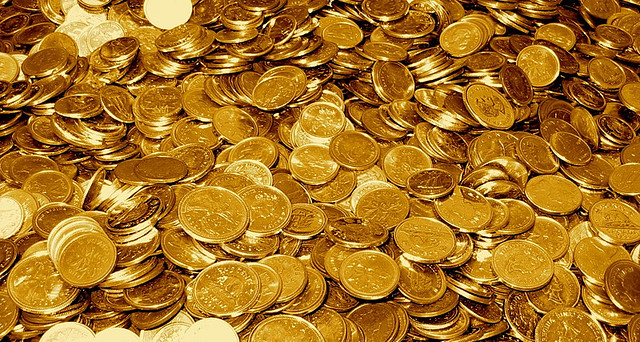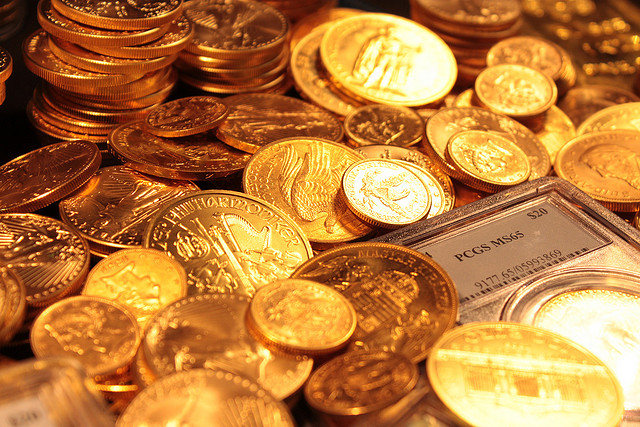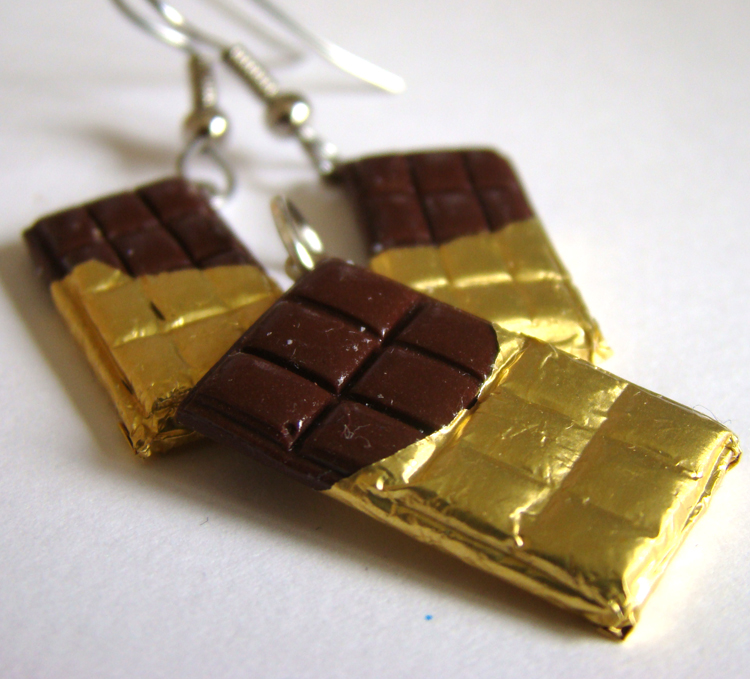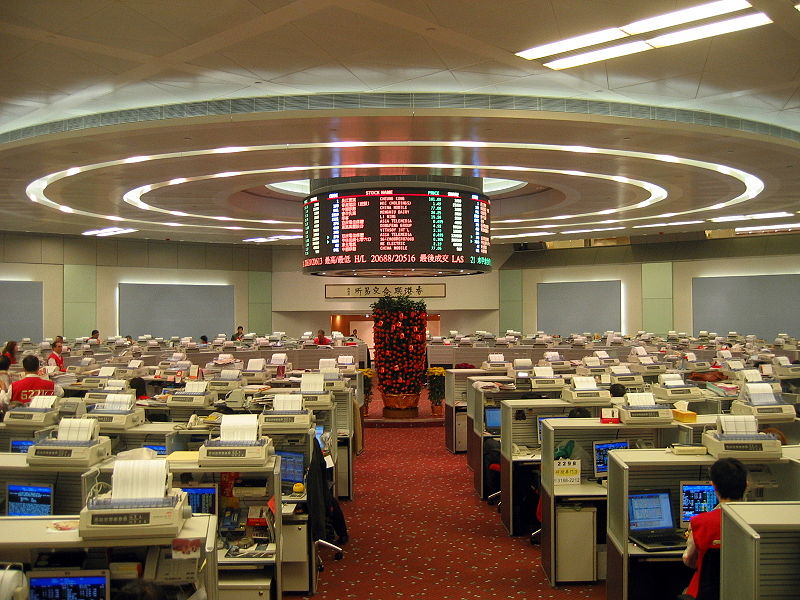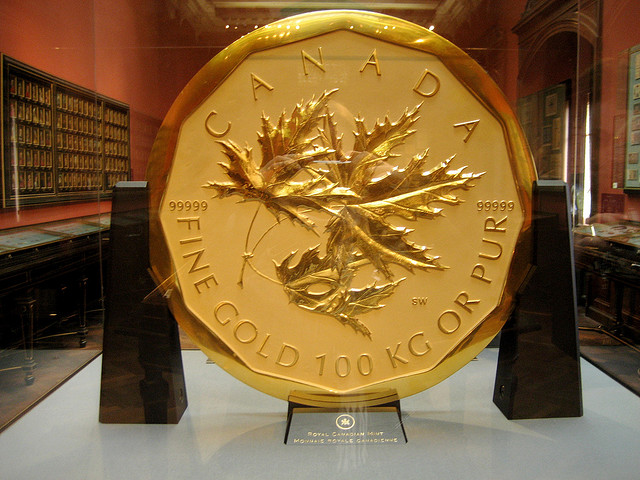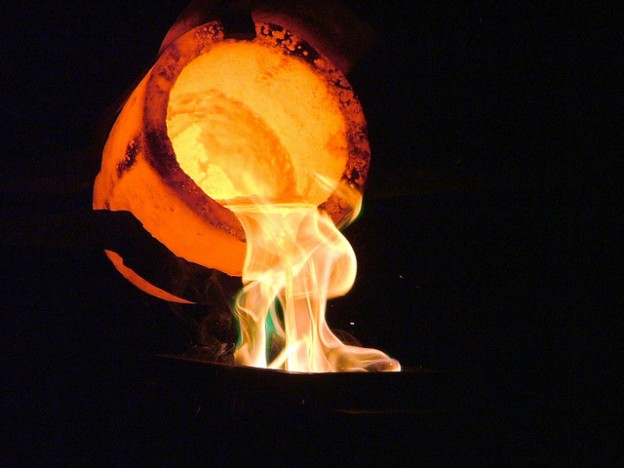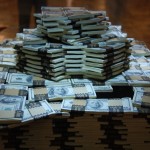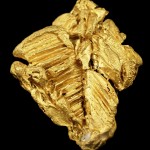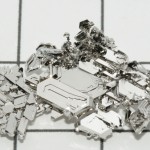The Federal Reserve’s decision earlier this week to start cutting back on stimulus helped gold gain some of the ground it lost after closing at its lowest level since 2010. Accoridng to Goldman Sachs Group Inc., however, bullion’s downwards movement has not come to an end as the precious metal is set for its biggest annual decline since 1981.
The turbulent economic conditions around the globe that marked 2013 have diminished investors faith in gold as a store of value, sending it towards its first annual decline since 2000. On 18th December, the Fed decided to finally begin reducing its bond-buying programme from $85 billion to $75 billion. The decision pushed U.S. equities to record highs, while exchange-traded products that are backed by gold lost about $73 billion this year and mining companies dropped at least $26 billion.
Goldman’s head of commodities research in New York, Jeffrey Currie, said that “gold is now likely to grind lower throughout 2014. Much of the expected price decline has been priced in as opposed to a more gentle process as the Fed backs away from QE. When the gold market sees these events, it usually tries to price it in immediately.”

